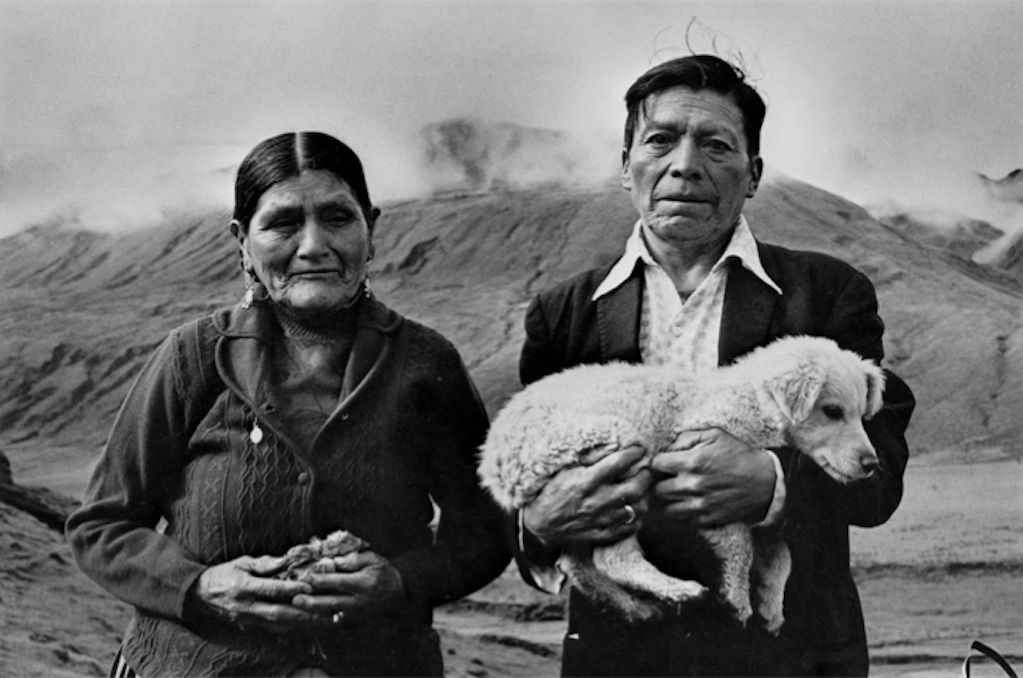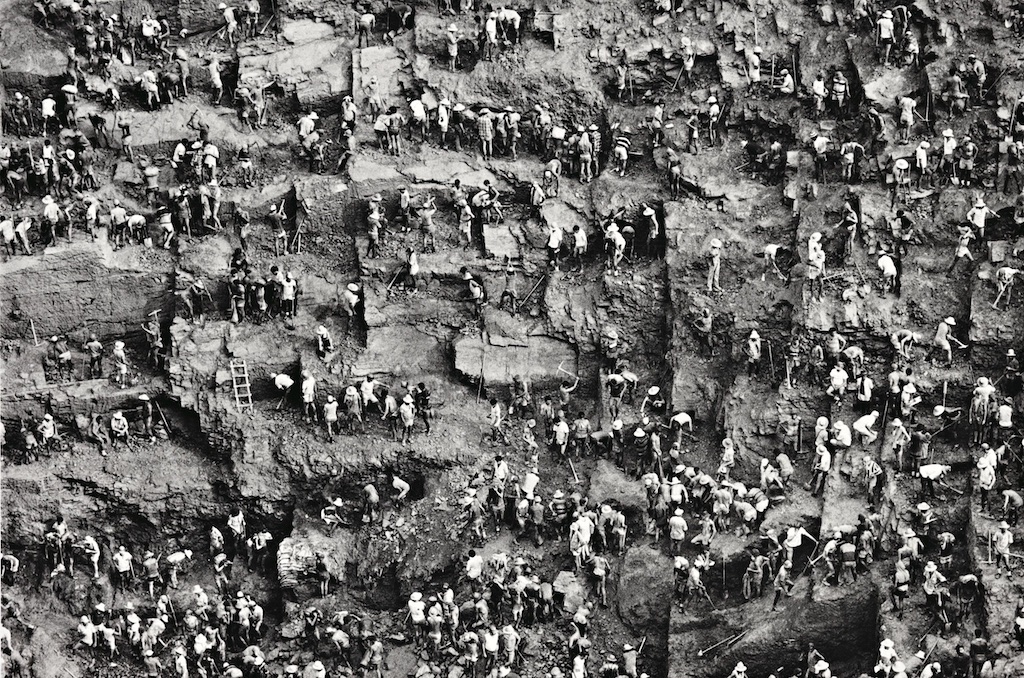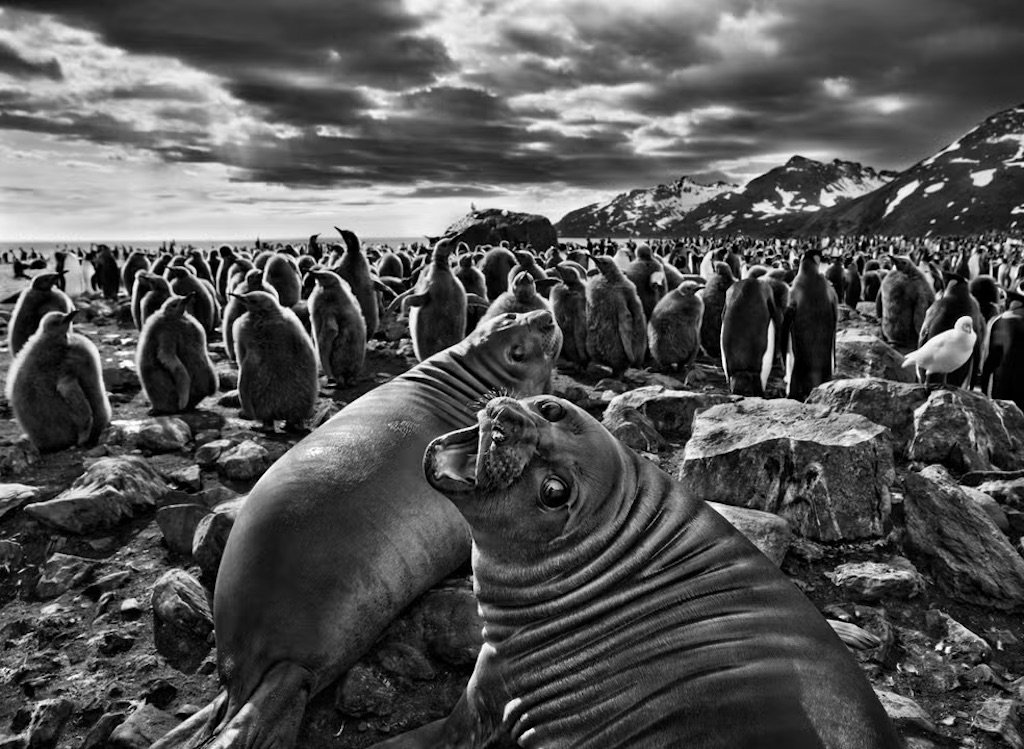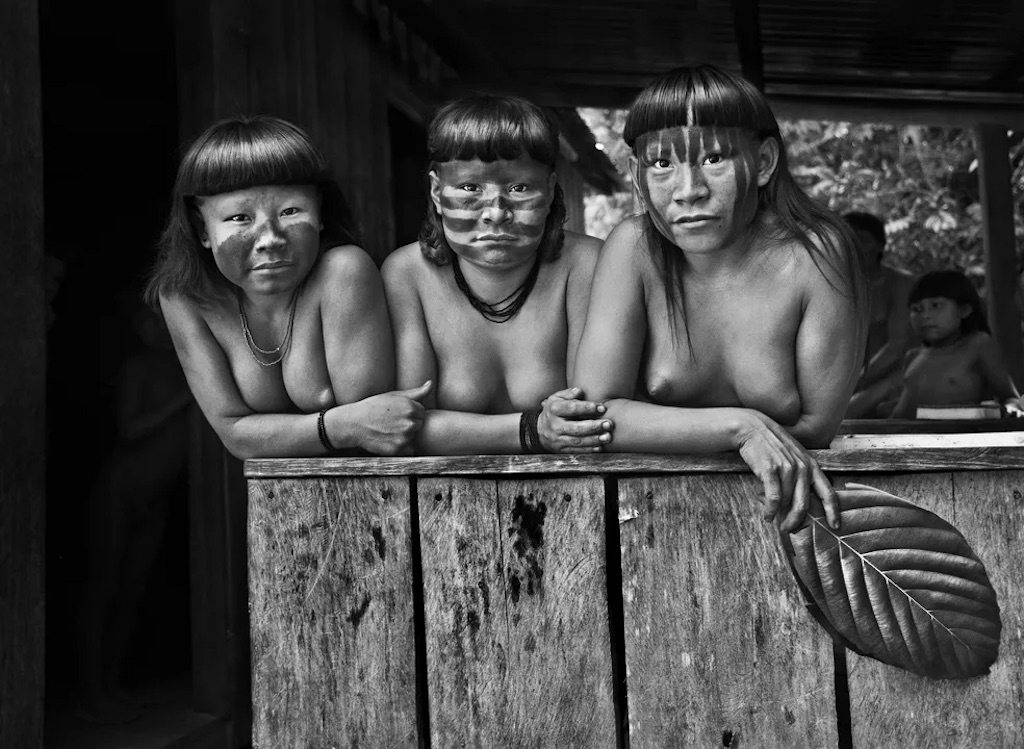Sebastião Salgado: even the name rolls off the tongue with a gravity befitting one of the most influential photographers of our age. If you’ve ever gazed at a black-and-white photograph so raw, so epic, that it felt like a scene from a biblical epic or a fever dream of humanity’s triumphs and tragedies—chances are, you were looking at a Salgado. This is the story of a Brazilian economist-turned-visual-poet whose lens has shaped how the world sees itself.
Who is Sebastião Salgado?
Sebastião Salgado was a Brazilian social documentary photographer and photojournalist celebrated for his unflinching black-and-white images that traverse the spectrum of human suffering, resilience, and the grandeur of nature. Over a career spanning more than five decades and 130 countries, Salgado’s body of work has become synonymous with both the dignity of labour and the fragility of the planet. His signature style—monochromatic, dramatic, and deeply human—has made his photographs instantly recognisable, while his commitment to long-term projects and environmental activism has cemented his legacy far beyond the confines of art galleries.
This article dives deep into Salgado’s life, his defining projects, and the iconic photographs that have marked his career. Prepare for an odyssey through famine-ravaged Africa, the infernal gold mines of Brazil, the icy tundra of Siberia, and the lush heart of the Amazon rainforest.
Early life and journey into photography
Salgado’s story begins in Aimorés, Minas Gerais, Brazil, in 1944. The son of a cattle rancher, he was nudged toward a conventional path—law or economics—but the universe had other plans. After earning a master’s in economics at São Paulo University and a PhD in Paris, Salgado worked for the International Coffee Organization, where frequent missions to Africa exposed him to the world’s inequalities firsthand. It was during one of these assignments in Rwanda that he first picked up a camera, and the rest, as they say, is history.
The transition from economist to photographer was not a mere career change; it was a calling. By 1973, Salgado had committed himself fully to photography, quickly rising through the ranks of agencies like Sygma, Gamma, and the legendary Magnum Photos. His photographic education was largely self-taught, shaped by the pressing need to bear witness to the world’s injustices and beauties alike.
Photographic style and philosophy
Salgado’s aesthetic is unmistakable: powerful black-and-white images, rich in tonal contrast and texture, that evoke both the gravitas of classical painting and the immediacy of photojournalism. His compositions are meticulously crafted, often featuring solitary figures dwarfed by vast landscapes or crowds that seem to pulse with collective emotion.
Key Elements of Salgado’s Style:
- Monochromatic Mastery: Salgado’s preference for black-and-white strips away the distractions of colour, focusing attention on form, light, and emotion.
- Use of Light and Shadow: His images are sculpted with light, using chiaroscuro to heighten drama and draw out the textures of skin, earth, and sky.
- Epic Scale: Whether photographing a single child in a refugee camp or thousands of workers in a gold mine, Salgado’s work often feels monumental, “biblical” in its scale and ambition.
- Long-term Commitment: Salgado is renowned for immersing himself in projects for years, building trust with his subjects and capturing not just moments, but the sweep of history.
- Thematic Concerns: His work grapples with social justice, labour, migration, environmentalism, human suffering, and dignity.
Ethical Considerations:
Salgado’s approach is rooted in empathy and respect. He insists on presenting his photographs as series, providing context and narrative, and refuses to exploit his subjects for mere spectacle. His images do not beg for pity; they demand recognition of shared humanity.
Major projects and iconic photographs
This is where Salgado’s legend is forged: in the field, amid dust, danger, and hope. Each project is a chapter in a global epic.
Other Americas (1986)

Context:
Salgado’s first major project, Other Americas, documented rural life across Latin America, focusing on indigenous communities and the peasantry. The series captures the dignity and hardship of people often overlooked by history.
Iconic Images:
- Portraits of Andean Farmers: Stark, timeless faces etched with the stories of generations.
Significance:
This work established Salgado’s reputation as a chronicler of the marginalised and set the tone for his future projects.
Sahel: Man in Distress (1986)
Context:
In the mid-1980s, Salgado journeyed to the Sahel region of Africa, capturing the devastating famine and its impact on local populations.
Iconic Images:
- Refugees in the Korem Camp, Ethiopia (1984): Emaciated figures waiting for aid, a haunting symbol of human suffering and resilience.
Significance:
These images brought global attention to humanitarian crises and highlighted the power of photography as a tool for advocacy.
Workers (1993)

Context:
Workers is a sweeping, six-year exploration of manual labour in 23 countries, from the shipbreakers of Bangladesh to the sugarcane cutters of Brazil.
Iconic Images:
- Serra Pelada Gold Mine, Brazil (1986): Perhaps Salgado’s most famous photograph, this image shows thousands of men scaling the walls of a massive open-pit gold mine, evoking scenes from Dante’s Inferno or the building of the pyramids.
- Workers at Rössing Uranium Mine, Namibia (1985): Gritty, textured portraits of labour in extreme conditions.
Significance:
Workers is an ode to human endurance and a requiem for traditional labour, capturing the dignity and hardship of those who build the world.
Migrations (2000) / Exodus
Context:
Over seven years, Salgado documented the mass movements of people—refugees, migrants, and the displaced—across more than 40 countries.
Iconic Images:
- Mother and Child in Rwanda (1994): A mother shielding her child during the Rwandan genocide, an image of love amid chaos.
- Church Gate Station, Bombay (1995): A sea of humanity surges through a bustling train station, embodying the perpetual motion of migration.
Significance:
Migrations is a visual testament to the upheavals of the late 20th century, revealing both the pain and hope of those in transit.
Genesis (2013)

Context:
A monumental eight-year project, Genesis is Salgado’s “love letter to the planet,” celebrating untouched landscapes, wildlife, and indigenous cultures.
Iconic Images:
- Marine Iguana, Galápagos, Ecuador (2004): A prehistoric-looking creature basks on volcanic rock, a symbol of nature’s resilience.
- The Nenets of Siberia (2004): Indigenous herders traverse the frozen tundra, embodying humanity’s ancient bond with the environment.
- Southern Right Whale, Argentina (2005): A whale surfaces in the South Atlantic, majestic and serene.
Significance:
Genesis is both a celebration and a warning—a reminder of what remains and what is at risk of being lost.
Amazônia (2021)
Context:
Salgado’s final major project, Amazônia, is a sweeping survey of the Amazon rainforest and its indigenous peoples. Over seven years and 48 trips, Salgado documented the beauty, diversity, and vulnerability of the Amazon.
Iconic Images:
- Portraits of Amazonian Tribes: Intimate, dignified images of daily life, rituals, and connection to the land.
- Lush Forest Landscapes: Towering trees, winding rivers, and cloud-laden skies that evoke both awe and urgency.
Significance:
Amazônia is both a visual hymn to the planet’s lungs and a call to action for their preservation.
Other notable works
- Oil Fires in Kuwait (1991): Apocalyptic scenes of firefighters battling infernos after the Gulf War, highlighting the environmental cost of conflict.
- Southern Elephant Seal Calves, South Georgia (2009): Playful wildlife images from his later environmental work.
The “marked career”: Analysis of impact and legacy

Salgado’s influence on photojournalism and documentary photography is nothing short of seismic. His images have graced the walls of the world’s great museums, the pages of influential books, and the consciousness of millions. He has received the Sony World Photography Awards’ Outstanding Contribution to Photography, the Prince of Asturias Award, the Praemium Imperiale, and countless other honours.
Critical Acclaim and Controversies:
Salgado’s work is lauded for its artistry and empathy, though some critics have debated the line between documentation and aestheticisation of suffering. Salgado himself has always maintained that his goal is not to exploit but to bear witness and inspire change.
Global Impact:
Through his lens, Salgado has brought the plight of the marginalised and the majesty of nature to a global audience, influencing not just photographers but policymakers, activists, and everyday viewers.
Instituto Terra: A commitment beyond photography
Salgado’s legacy extends far beyond the darkroom. In 1998, he and his wife, Lélia Wanick Salgado, founded Instituto Terra, a non-profit dedicated to environmental restoration in the Brazilian Atlantic Forest. What began as an effort to heal his family’s deforested farm blossomed into a global model for reforestation, with over three million trees planted and a revitalised ecosystem now thriving where barren hills once stood.
Connection to His Photography:
Instituto Terra is the living embodiment of Salgado’s later work, especially Genesis and Amazônia, which celebrate the beauty and necessity of untouched nature. For Salgado, art and activism are inseparable; both seek to restore balance and dignity to a wounded world.
Exhibitions and publications
Salgado’s photographs have been exhibited at the International Center of Photography (New York), Natural History Museum (London), Barbican Gallery (London), Tokyo Metropolitan Museum of Photography, and dozens more. His books are essential reading for anyone interested in photography, social justice, or environmentalism:
Key Photobooks:
- Other Americas (1986)
- Sahel: Man in Distress (1986)
- Workers (1993)
- Migrations (2000)
- Genesis (2013)
- Amazônia (2021)
For a deeper look, the documentary The Salt of the Earth, co-directed by Wim Wenders and Salgado’s son Juliano Ribeiro Salgado, offers an intimate portrait of the man behind the camera.
Salgado’s enduring relevance
Why does Salgado’s work continue to resonate? Because he asks the questions that matter: What does it mean to be human? What is our responsibility to each other and to the planet? In an era of fleeting images and short attention spans, Salgado’s photographs demand that we pause, reflect, and act.
His images are not just records; they are calls to conscience, reminders of both our shared vulnerability and our capacity for renewal.
Conclusion
Sebastião Salgado’s contributions to photography and global awareness are immeasurable. Through his lens, he has chronicled the pain and beauty of existence, championed the dignity of the marginalised, and fought for the preservation of our natural world. His legacy is a testament to the power of images to move hearts, change minds, and inspire action.
“His lens unveiled the world and its complexities; his existence exemplified the strength of transformative action.” — Instituto Terra
Which Salgado photograph moves you the most? Share your thoughts below, and if you’re hungry for more, seek out The Salt of the Earth or one of his monumental photobooks. The world, as seen through Salgado’s eyes, is a place of both heartbreak and hope—a story still unfolding, one frame at a time.



